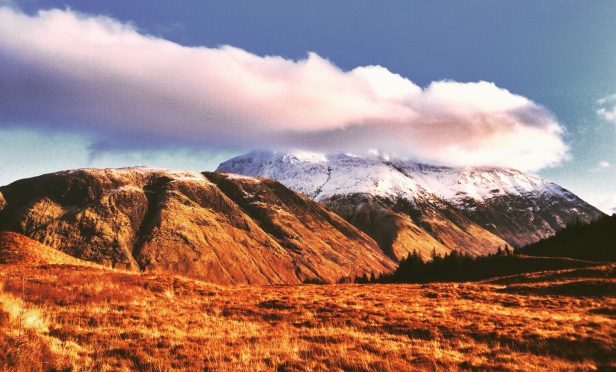A £1million project to restore a well trodden track up the UK’s highest mountain is to begin on Monday.
Nearly two miles of the Ben Nevis mountain path between Achintee and St John’s Well will be upgraded and repaired over the next three years.
The work has been organised by the Nevis Landscape Partnership, funded by the Heritage Lottery Fund, Scottish Natural Heritage (SNH) and Highlands and Islands Enterprise.
The work will present major safety issues, both for the contractors and people using the path during the construction, due to the steep slope as the path zig-zags up the mountain.
The mountain track is the busiest route up the 4,406ft peak, with thousands of walkers using it to reach Ben Nevis’s summit each year.
It is estimated that more than 100,000 use the route to climb the mountain each year, meaning that the construction works are needed to prevent erosion.
The partnership is advising walkers to consider alternative paths up the Ben during the works, such as starting at the North Face car park.
It is also advising anybody who attempts to climb Ben Nevis at night to exercise “extreme caution”.
Work will be carried out until March so as not to disrupt the mountain busy spring and summer period.
Lizzie Cooper, Nevis Landscape Partnership said: “We are extremely grateful to our funders for their commitment to the repair and upgrading of the Ben Nevis mountain path, it will make a huge difference to this mountain route and help reduce erosion.
“However, all mountain paths need ongoing maintenance to keep them in good condition, so we would encourage all those who want to help look after our iconic mountain to sign up for a volunteer footpath work party with Friends of Nevis and John Muir Trust. It is a truly amazing experience, if not a little addictive.”
Cathy Mayne of SNH said: “We are delighted that work on this iconic and much-used path is now underway.
“The team from the Nevis Landscape Partnership have worked hard to put together an excellent package of contractors, working through the winter to limit the impact on public access to our highest mountain.”
